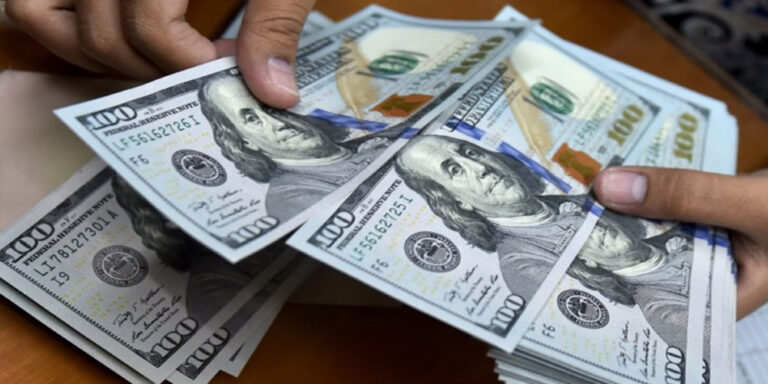
The U.S. dollar weakened against major currencies on Wednesday as traders awaited details of President Donald Trump’s proposed tariffs, which could disrupt global trade and financial markets.
The dollar index, which measures the greenback against a basket of six major currencies, slipped 0.2% to 103.98, extending its decline after posting a 3.1% loss in March—its worst monthly performance since November 2022.
The euro rose 0.3% to $1.0825, while the British pound edged up 0.1% to $1.2940 ahead of a White House announcement at 2000 GMT, where Trump is expected to unveil steep new import duties. The dollar was little changed against the yen at 149.53 as investors sought safety in the Japanese currency. The Australian dollar climbed 0.3% to $0.6296, with investors turning to currencies perceived as less exposed to tariffs.
Trump has dubbed April 2 as “Liberation Day,” with White House spokeswoman Karoline Leavitt confirming that reciprocal tariffs will take effect immediately on countries that impose duties on U.S. goods. The Washington Post reported that Trump’s aides are considering a plan to impose a broad 20% tariff hike on imports from nearly all countries rather than targeting specific nations or products.
“The dollar is starting ‘Liberation Day’ on the back foot, and markets are likely pricing in a potential last-minute reversal on tariffs,” said Helen Given, director of trading at Monex USA. She noted that inconsistencies in the White House’s messaging on trade barriers have led to cautious positioning among traders.
Despite the dollar’s decline, it gained 0.2% against the Canadian dollar to C$1.4328 and climbed 0.3% against the Mexican peso to 20.406 pesos. Canadian Prime Minister Mark Carney and Mexican President Claudia Sheinbaum discussed strategies to counter U.S. trade actions, according to Carney’s office.
Economic data had little impact on the dollar, as traders remained focused on tariffs. The ADP National Employment Report showed U.S. private payrolls increased by 155,000 in March, surpassing the 115,000 forecast. However, weak U.S. manufacturing data and rising inflation concerns have fueled fears of an economic slowdown, adding pressure on the dollar.
“While a 20% blanket tariff could theoretically support the U.S. dollar, markets are more concerned about the risk of stagflation in the U.S. economy,” said Chris Weston, head of research at Pepperstone.
Bank of Japan Governor Kazuo Ueda warned that the planned U.S. tariffs could significantly impact global trade, potentially slowing worldwide economic growth. As markets await Trump’s announcement, volatility in the currency market remains elevated.
